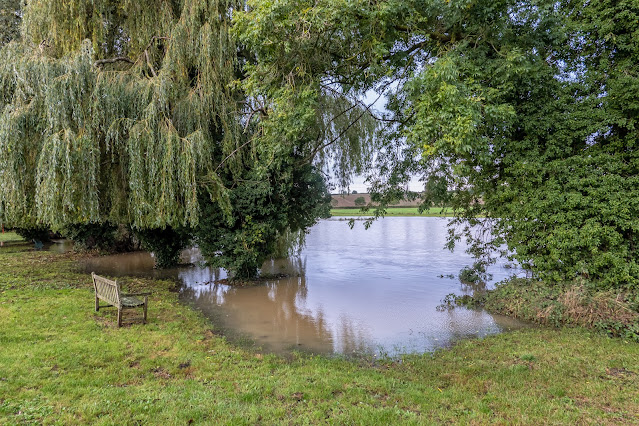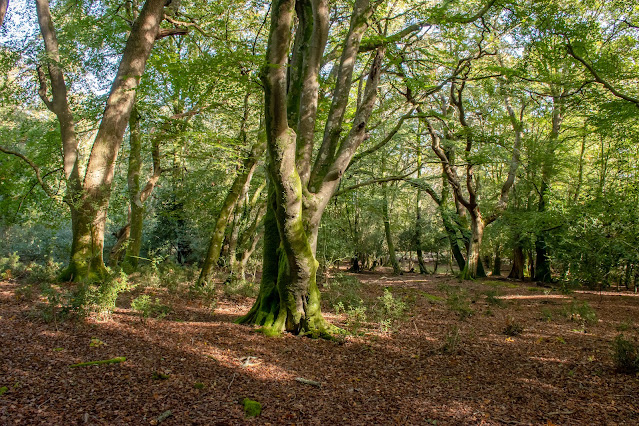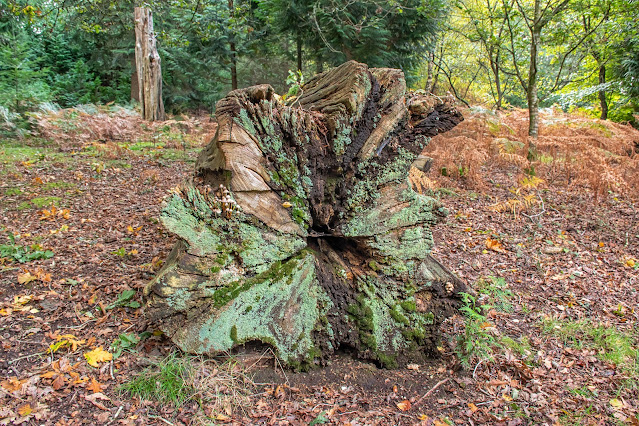Today, a visit to Morwellham Quay. Firstly, a brief description of today's destination which is an historic river port in Devon that was developed to support the local mines. The port had its peak in the Victorian era and is now run as a tourist attraction and museum. It is the terminus of the Tavistock Canal and has its own copper mine. The open-air museum includes the restored 19th-century village, the docks and quays, a restored ship, the George and Charlotte copper mine which is toured by a small train, a Victorian farm and a nature reserve with trails.
In July 2006, UNESCO (the cultural arm of the United Nations) awarded World Heritage Site status to the Cornwall and West Devon Mining Landscape area. Morwellham is strategically sited at the centre of the Tamar Valley Mining District which, together with nearby Tavistock, forms the easternmost gateway area to the rest of the World Heritage Site.
The site has been imaginatively preserved to give an impression of Victorian industrial and rural life. The assayers' offices have been carefully preserved and Victorian cottages, farm and schoolrooms presented. The ore-crushing plants driven by a 32-foot overhead waterwheel can be seen. A battery electric-powered tramway, constructed as part of the tourist attraction in the 1970s, takes visitors for tours on a single level of the copper mine. Old lime kilns can also be seen.
The day that we visited was dull and overcast for most of the day. However, we enjoyed immersing oursel;ves in the history of the place. We did go on the train into the mines, which was certainly worth doing. How did people spend their lives underground and working in those conditions?
Now for a small piece of history:
The port was originally set up by the Benedictine monks of Tavistock Abbey, which was founded in 961, to carry goods to and from Plymouth on the River Tamar, since the River Tavy was unnavigable. From this point it grew and grew.
By the 12th century, tin ore was being transported through the quay, followed by lead and silver ores in the 13th century.Later, copper deposits were also discovered at the Quay itself and the George and Charlotte Mine opened in the 18th century. In addition, by 1800, manganese deposits were being extracted from the northern and western edges of Dartmoor and being brought to Morwellham.
By the end of the 18th century, the trail of pack horses across the rugged terrain was too much, and in 1817 the 4.5-mile-long Tavistock Canal was opened. The canal included a 1.5-mile tunnel which ended 237 feet above the quay at Morwellham. From here an inclined plane was constructed to bring the iron barges down to the quay, powered by a water wheel.
Morwellham Quay was at its peak during the time Devon Great Consols (the copper mine) was in production. The mine was only four miles north of the port and shipped copper and later arsenic via the quay for a period of almost 60 years beginning in 1844. Morwellham became known as the "richest Copper port in Queen Victoria's Empire", and the queen herself visited in 1856. Another inclined plane was built to transport the ore down the hill and a new quay was added to handle the 30,000 tons of ore that were exported each year. Arsenic was also extracted, and it became the world's largest supplier of the mineral in the latter part of the century. However, by 1903 the Consols' wealth was exhausted and the mines closed.
By this stage, the railways had taken over and Morwellham's usefulness was also ended. The canal tunnel was used as a water supply for a hydroelectric plant and the inclined planes were abandoned.
The Victorian school - I don't think it would go down too well today!
The privy
Some barrels outside the blacksmiths
The village pub where we had a great meal
This small lime kiln it thought to have built around 1787 and worked up until 1857, by that time the centre of the village where the kiln is situated was congested with buildings and the canal inclined railway ran alongside the kiln, not the best place to burn lime, so the kiln fell into disrepair. The kiln was restored in the 1990’s.
The 32 ft (9.8 m) overshot water wheel, which once powered a mill for crushing locally mined manganese.
Victorian Shop interior
The Garlandstone
The Garlandstone today can be seen in dry dock at Morwellham awaiting the go ahead for a major restoration project.
It is a gaff-rigged sailing ketch, typical of the kind of craft that carried copper from Morwellham round to Wales for smelting. Built by James Goss, in his boat yard, about 2 miles downriver near Calstock, her design was based on the boats carrying cargo up and down the Tamar in the mid 19th Century. Launched in 1909, she was the last cargo-carrying sailing vessel to have been built in the West Country. She was named ‘Garlandstone’ by her first Captain after a rock off the coast of Pembrokeshire and is considered to be a masterpiece of subtle design; elegant, yet strong and serviceable. She is 76 feet long, 20 feet wide, draws 4 feet unladen and 9 feet when fully laden, with an unladen weight of 75 tons and a cargo capacity of 100 tons. She carries eight sails in total: two on the mizzen, two on the main, a stay-sail and three on the bowsprit. She had a crew of just three men. Garlandstone had a varied life mainly carrying cargo between Ireland and the Bristol Channel. She is a rare survivor of Goss’s work, having continued to work through two world wars and up until the 1960’s.


















































